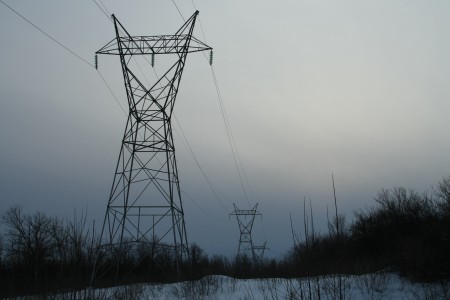
Oliver Morton’s exploration of the nature and consequences of photosynthesis makes for a remarkable and informative book. It is divided into three sections: one covering the span of a human life and covering the scientific investigation of photosynthesis; one on a planetary timescale, describing the evolution of the climate, atmosphere, and life; and one on the timescale of a tree’s life, covering the changes humanity has induced in the carbon cycle, and the ways through which the climate change crisis can be overcome. The book is strongest when it comes to putting scientific information into a poignant and comprehensible form that is almost poetic. Arguably, it is weakest in terms of its analysis of what needs to be done in response to climate change.
Eating the Sun contains many sections that are highly technical: descriptions of the biochemistry of photosynthesis, the geological and climatological processes that have taken place over billions of years, the scientific methods through which both have been explored, and more. It can also be quirky, philosophical, and personal. For instance, there are asides in which the author explains his aesthetic preference for one or another scientific theory, such as how photosystems I and II in plants came to be integrated. The combination is not unlike that found in Michael Pollan’s work, where an educated non-expert with a talent for writing adopts the task of explaining technical issues and making their significance clearly felt.
The book features a great deal of discussion of the Earth as an integrated chemical and energy system, including consideration for many different forms of ‘Gaia hypotheses’ – most of them far less teleological than James Lovelock’s earliest work, which (probably wrongly) attributed a kind of agency to the planet as a whole. Of particular interest, among the non-telelogical variants, is combination of the anthropic principle with the idea of systems that self-regulate. It may well be that there are planets where physical and chemical processes do not remain constrained between life-compatible bounds over the long term. Of course, there are no living and intelligent observers on these planets to make note of them.
On climate change, Morton fails to appreciate the rapidity with which mitigation must occur. He contemplates what would be necessary to stabilize greenhouse gas emissions by 2050, whereas we will actually need to make great strides towards stabilizing concentrations by then. Rather than the seven Pacala-Socolow wedges required to produce a flat emissions profile, many more will be needed to begin the decline towards zero net emissions. His calm descriptions of global concentrations of carbon dioxide passing 500 parts per million (ppm), with associated temperature increases of up to four degrees Celsius, fails to portray what a catastrophic outcome this would be. These days, those committed to avoiding change of more than two degrees are advocating concentration targets around 350 ppm.
Morton’s discussion of mitigation technologies also offers scope for criticism; in particular, his discussion of nuclear fusion, fission, and hydrogen fuel cells is fairly superficial and fails to take into consideration some of the major limitations associated with each technology. In particular, he fails to consider the practical and economic issues associated with hydrogen as a fuel. That being said, he strongly makes the point that, in the long run, it will be necessary to move from an economy powered by the built-up solar reserves in fossil fuels to one largely powered by the current energy available in sunlight: whether that energy is directed towards the production of electricity, biomass, or fuels.
At times, the level of detail in Eating the Sun can be overwhelming. In particular, I found that some of the passages about biosphere-atmosphere interaction or long-term geological trends required close and repeated reading to be understood. For the non-practitioners at whom this book is aimed, such knowledge is not likely to be long-lasting. At the same time, by providing such clear and vivid detail, Morton grants a worthwhile understanding of the history and nature of the scientific processes through which we have uncovered so much about the world. As with the very best scientific writing, this book makes you feel both awed about the complexity and power of the world and impressed with the ingenuity that has gone into better understanding it. The book is highly recommended to anyone with an interest in the history of the planet, the nature of the carbon cycle, or science generally.






